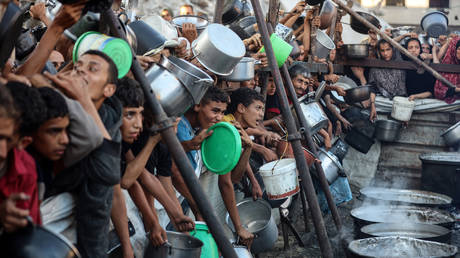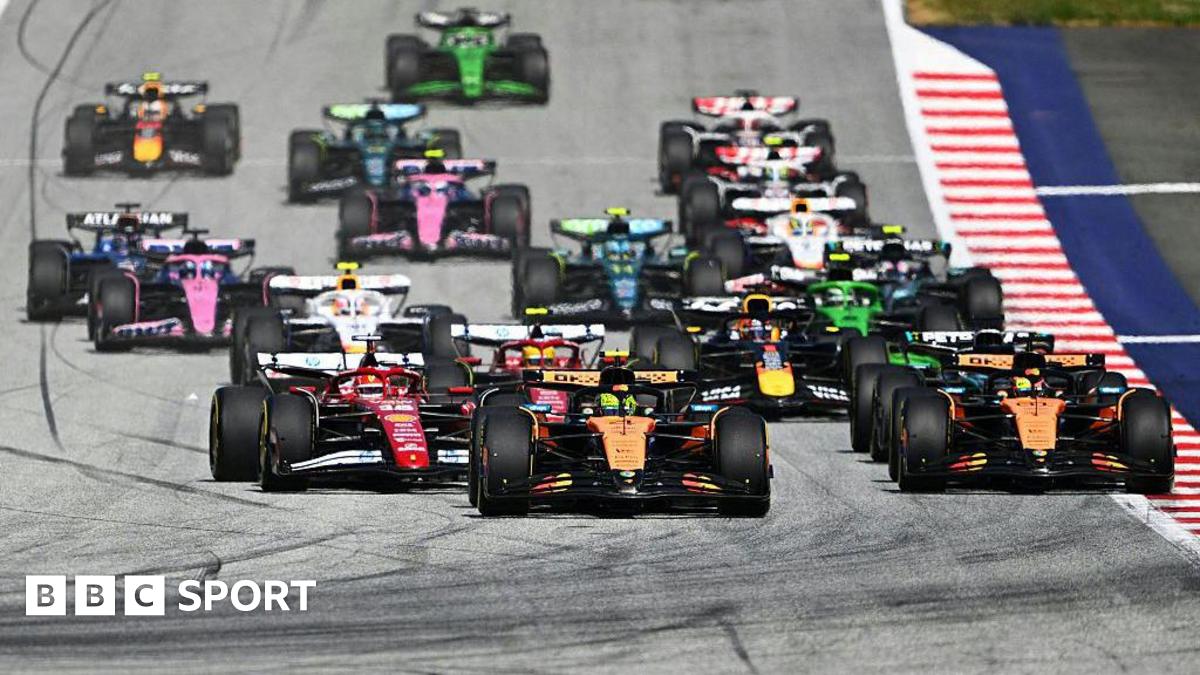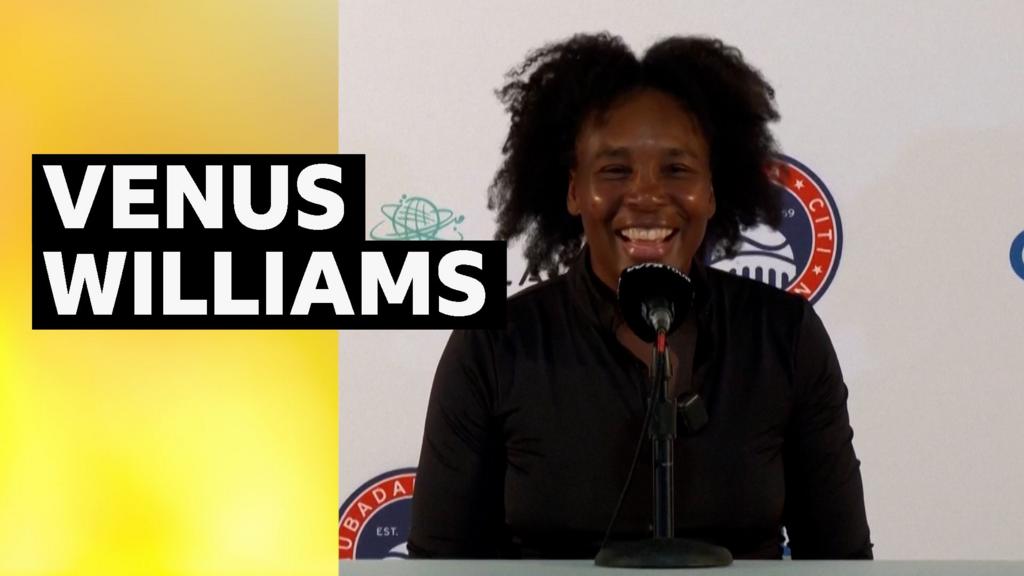5 Essential Tips for Effective Variety Store Design

When designing a variety store, it’s vital to contemplate several key elements that influence customer experience and sales. Effective use of color and lighting can create an inviting atmosphere, whereas subdividing your space into themed zones can facilitate easy navigation. Furthermore, modular displays allow for adaptable layouts that can change with trends. These foundational aspects set the stage for a successful store, but there’s more to explore that can enhance your design further.
Key Takeaways

- Utilize warm and bright lighting to create an inviting atmosphere that encourages quick navigation and impulse purchases.
- Organize the store into themed zones to enhance customer navigation and promote cross-merchandising opportunities.
- Implement modular displays for flexibility, allowing for easy reconfiguration based on seasonal promotions or changing inventory.
- Prioritize sustainable materials in both store fixtures and visual merchandising to appeal to eco-conscious consumers and support brand loyalty.
- Design a thoughtful layout with clear sightlines and stopping points to facilitate a smooth shopping experience and extend browsing time.
Utilize Color and Lighting Strategically

When designing a variety store, utilizing color and lighting strategically is essential for creating an inviting atmosphere that attracts customers. Up to 90% of consumers’ first impressions are based on color, so warm colors like red and orange can stimulate urgency, driving impulse purchases.
Conversely, cool colors such as blue and green promote calmness, encouraging longer browsing times. Effective convenience store interior design also incorporates bright, well-distributed lighting, which creates a lively atmosphere that facilitates quick navigation.
Furthermore, soft lighting can improve the shopping experience by nurturing intimacy, making customers feel more exclusive. Using contrasting colors in displays can guide attention to specific merchandise, effectively showcasing key products and improving your convenience store design ideas.
Subdivide Space Into Themed Zones

Subdividing your store into themed zones not just improves customer navigation but furthermore encourages shoppers to explore various product categories.
Each zone can reflect a distinct theme, like seasonal items or home necessities, improving your convenience store layout and appealing to specific demographics. This structured approach allows for targeted marketing strategies that resonate with customers’ preferences.
Themed zones likewise facilitate cross-merchandising, encouraging customers to purchase complementary items, which can boost your average order value (AOV). Incorporating focal points within each zone draws attention to featured products, increasing visibility.
Clearly defined zones help manage customer flow and reduce congestion, resulting in a more pleasant shopping experience. This c store design strategy improves overall organization and customer satisfaction.
Incorporate Modular Displays for Flexibility

Incorporating modular displays into your store layout can greatly improve flexibility and responsiveness to market demands. These displays enable you to reconfigure your layout quickly, adapting to changing product lines or seasonal merchandise without incurring high costs.
Here are some advantages of using modular displays in your convenience store design:
- Easy customization for various product types, enhancing visual appeal
- Cost-effective updates and resets, saving thousands on installation
- Dynamic setups that accommodate diverse merchandise categories
- Engaging promotional displays that highlight sales or new arrivals
Utilizing modular displays not just maximizes space but also encourages exploration and cross-selling among different product lines, creating a more engaging shopping experience for your customers.
Focus on Sustainable Materials and Visual Merchandising

Focusing on sustainable materials in your store design not just supports environmental goals but furthermore resonates with today’s eco-conscious consumers.
By utilizing recycled and recyclable materials for fixtures and signage, you reduce your environmental impact during the enhancement of brand loyalty.
In modern convenience store design, incorporating sustainable practices minimizes waste during seasonal resets, making your merchandising strategy more efficient and cost-effective.
Thoughtful visual merchandising can likewise highlight sustainable products, attracting consumers who are willing to pay more for eco-friendly options.
Design flexibility in displays allows for easy updates, keeping your c store layout adaptable to changing preferences.
Moreover, secure retail displays made from sustainable materials can deter shoplifting while reinforcing your commitment to eco-friendly practices.
Engage Customers With Thoughtful Layout Design

A well-thought-out layout design can greatly improve the shopping experience, making it essential for any variety store.
In your small convenience store design, consider how the layout influences customer behavior. Here are some key elements to incorporate:
- Decompression zone at the entrance for a smoother changeover.
- Strategically placed popular items to encourage impulse purchases.
- Clear sightlines to improve navigation and product visibility.
- Stopping points like displays or seating areas to extend browsing time.
Frequently Asked Questions

What Are the Principles of Good Store Design?
Good store design revolves around principles that improve customer experience. You should prioritize clear pathways and spacious aisles to facilitate navigation.
Use effective visual merchandising, like lively displays and strategic product placement, to attract shoppers. Incorporate flexible fixtures for easy layout updates, ensuring your space adapts to trends.
A well-planned lighting scheme will boost product visibility, as cross-merchandising can encourage additional purchases by showcasing complementary items together, creating a more engaging shopping environment.
What Are the Important Elements of Store Design?
When considering important elements of store design, focus on flexible layouts that adapt to trends, ensuring ideal product visibility.
Maintain clear sightlines to help customers navigate easily. Aisle structures should remain at least four feet wide to prevent congestion.
Incorporate interactive elements, like touchscreens, to engage shoppers and encourage impulse buys.
Finally, use strategic lighting to improve ambiance and highlight products, ultimately influencing customer emotions and shopping behavior effectively.
What Are the Key Considerations in Store Layout?
When considering store layout, focus on customer flow and navigation.
Guarantee aisles are at least four feet wide to prevent congestion. Place high-demand products on the right side as shoppers tend to turn that way when entering.
Incorporate a decompression zone of 5 to 15 feet at the entrance for a smooth changeover.
Use a mix of grid and loop layouts to maximize visibility and encourage exploration, as clear signage improves product location and impulse buying.
Which of the Following Is Essential for Effective Retail Layout Design?
For effective retail layout design, prioritize customer flow to encourage exploration.
Start with a decompression zone at the entrance, allowing customers to adjust before shopping.
Utilize a mix of layout types, such as grid or free-flow, to suit different product categories.
Place high-demand items on the right side of the store, as customers tend to turn right upon entering.
Furthermore, position impulse-buy items near checkout areas to boost sales just before transactions.
Conclusion

Incorporating these five crucial tips can greatly improve your variety store’s design and customer experience. By strategically using color and lighting, subdividing the space into themed zones, and utilizing modular displays, you can create an inviting atmosphere. Focusing on sustainable materials not only benefits the environment but likewise builds brand loyalty. Finally, a thoughtful layout that promotes easy navigation will engage customers, leading to increased satisfaction and sales. Implement these strategies to optimize your store’s potential.
Image Via Envato
This article, "5 Essential Tips for Effective Variety Store Design" was first published on Small Business Trends
What's Your Reaction?
 Like
0
Like
0
 Dislike
0
Dislike
0
 Love
0
Love
0
 Funny
0
Funny
0
 Angry
0
Angry
0
 Sad
0
Sad
0
 Wow
0
Wow
0


























































































